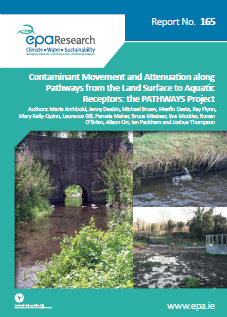
Authors: Marie Archbold, Jenny Deakin, Michael Bruen, Mesfin Desta, Ray Flynn, Mary Kelly- Quinn, Laurence Gill, Pamela Maher, Bruce Misstear, Eva Mockler, Ronan O’Brien, Alison Orr, Ian Packham and Joshua Thompson, March 2016
Year: 2016
The synthesis report for the PATHWAYS project.
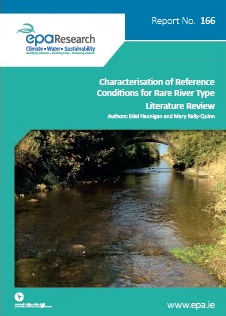
Authors: Edel Hannigan and Mary Kelly-Quinn, February 2016
Year: 2016
This report is the Literature Review of the Rare Type project, which will help ensure that rare river types are categorised and assessed correctly as required by the WFD.
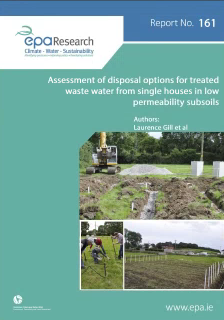
Authors: Laurence Gill, Donata Dubber, Vincent O’Flaherty, Mary Keegan, Kate Kilroy, Sean Curneen, Bruce Misstear, Paul Johnston, Francesco Pilla, Tim McCarthy, Nadeem Qazi and David Smyth, January 2016
Year: 2016
The potential impacts of incorrectly situated or poorly constructed domestic waste water treatment systems (DWWTSs) include the polution of either groundwater and/or surface water and places a risk on human health particularly via private wells.
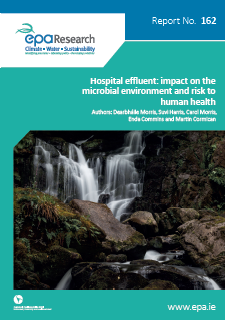
Authors: Dearbháile Morris, Suvi Harris, Carol Morris,Enda Commins and Martin Cormican, January 2016
Year: 2016
Antibiotic resistance is a major public health problem. In Ireland, and most of Europe, hospital effluent is released into the urban wastewater system without any specific measurement of antibiotic levels or antibiotic-resistant bacteria, and without any pre-treatment.
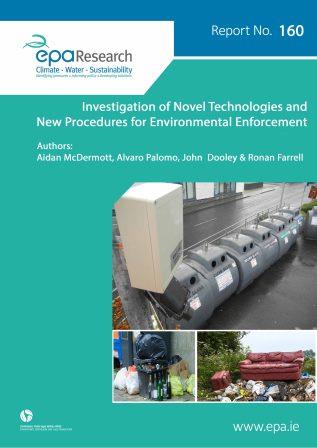
Year: 2015
This project identifies novel technologies for environmental enforcement to support local authorities.
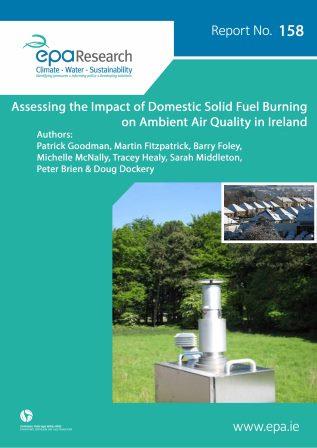
Year: 2015
Synthesis report for the study which involved the measurement of particulate and PAH levels in Letterkenny, Killarney, Navan and Tralee for a period of one year in order to ascertain the level of particulate air quality in those towns.
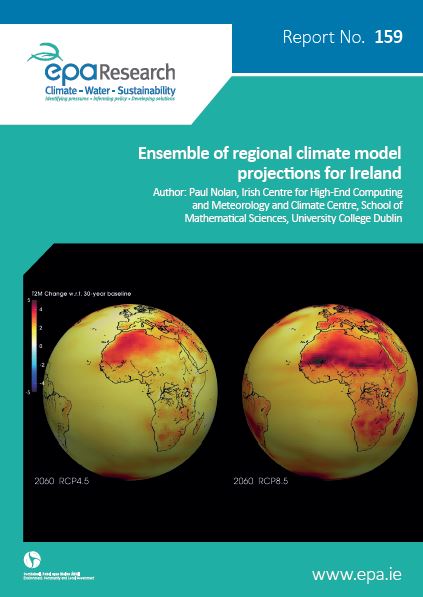
Year: 2015
This report provides an outline of the regional climate modelling undertaken to determine the potential impacts of climate change in Ireland, based on a number of possible future scenarios, and to highlight the key findings.
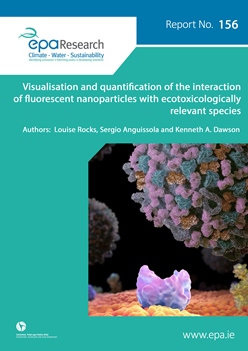
Year: 2015
This research aimed to clarify some aspects of the nature and consequences of the interaction between engineered nanoparticles and the environment.
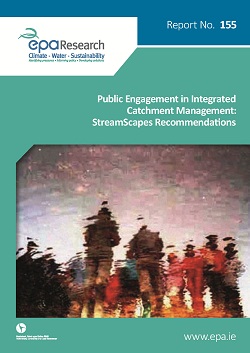
Mark Boyden, StreamScapes Aquatic & Biodiversity Education Project, November 2015
Year: 2015
This study provides an overview of practical examples of public engagement and makes recommendations in an effort to contribute to the quest to determine viable, practicable and effective engagement techniques to secure meaningful participation by the public in the attainment of essential aquatic and biodiversity goals.

Authors: Fiona M. Devaney and Philip M. Perrin, November 2015
Year: 2015
The EU Water Framework Directive aims to protect and enhance the quality of rivers, lakes, groundwater, estuaries and coastal waters. Member States (MS), such as Ireland, must aim to achieve good status in all waters by 2015 and ensure that status does not decline. As part of this commitment, MS must assess and classify the quality of transitional and coastal waters.
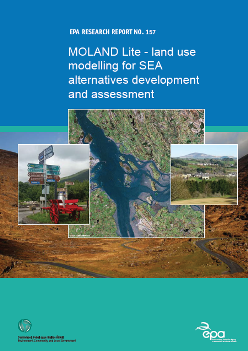
Year: 2015
MOLAND is a land use computer model that is based on socio-economic and demographic data and provides an image of the possible future. The model can ascertain what land use planning alternatives will look like over set time periods, and so it can be used to assess, monitor and model the development of (sub-)regional environments.
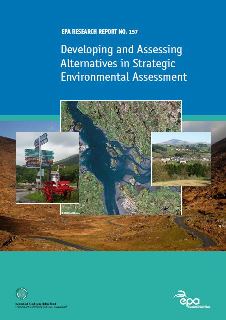
Year: 2015
Alternatives are fundamental to Strategic Environmental Assessment (SEA) and are required under the SEA Directive (Directive 2001/42/EC).1. Research Report 157 contains recommendations for the development of these alternatives

EPA Research - using knowledge to protect and improve our natural environment and human health, November 2015
Year: 2015
A summary of the EPA Water Research Programme, key achievements, water research publications and water research projects funded 2014-2020.
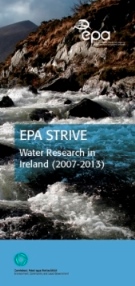
Author: Lisa Sheils, EPA, updated in 2015 by Abigail Murphy and Alice Wemaere, EPA, September 2015
Year: 2015
List of Water Projects funded by EPA Research Programme between 2007 and 2013.
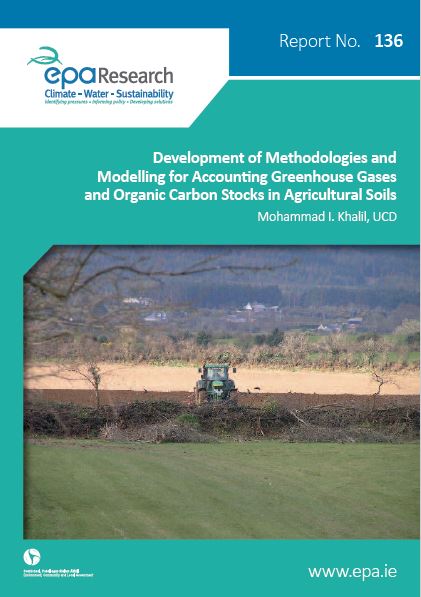
Year: 2015
This research fellowship progressed in three areas: (i) estimation of SOC stocks within major agricultural land uses; (ii) detailed model simulation of GHGs and SOC stock changes using the ECOSSE model; and (iii) the intercomparison of the ECOSSE, DNDC, and DailyDayCent process-based models calibrated to Irish conditions.
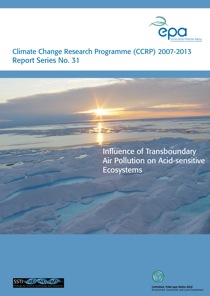
CCRP 31 - Julian Aherne, Andrew Burton, Heidi Scott, Colin Whitfield & Marta Wolniewicz, July 2015
Year: 2015
This project looks at the impacts of transboundary air pollution on lakes in Ireland. Sulphur dioxide, nitrogen oxide, levels of trace metals (including mercury) and persistant organic pollutants (POPS) were examined in relatively unimpacted upland lakes.
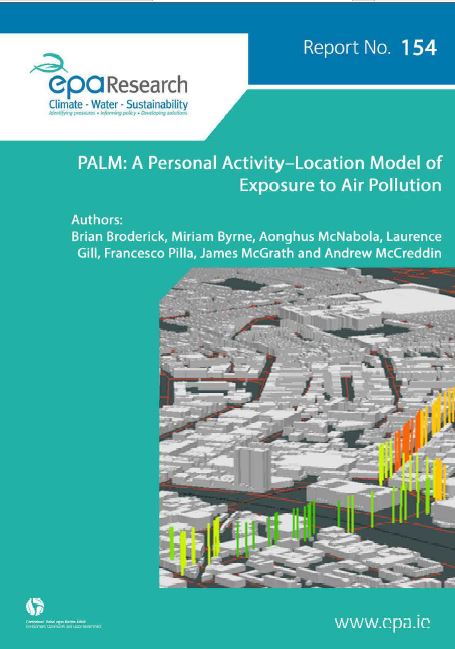
Year: 2015
The Personal Activity–Location Model (PALM) project investigated methods for modelling an individual’s personal exposure to air pollution taking into account variations in their activity and location.
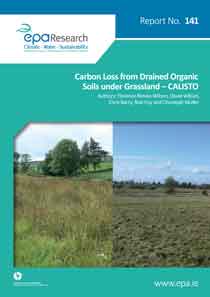
Year: 2015
This study describes a two year study of the net ecosystem carbon balance of two such sites and aims to deliver data to allow the Republic of Ireland (ROI) to progress towards a higher tier reporting level for this land use category.
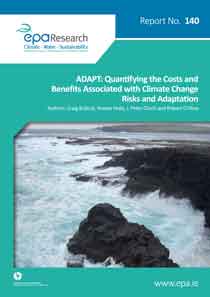
Year: 2015
This report sets out the findings of the ADAPT Project. The objectives of the project were to examine the role that economic appraisal methods, including cost–benefit analysis (CBA), can play in the choice of adaptation options, and to make recommendations on possible approaches.

Year: 2015
The aim of this document is to give guidance on the compilation of a periodic climate status report, based on the experience of compiling the 2013 edition.